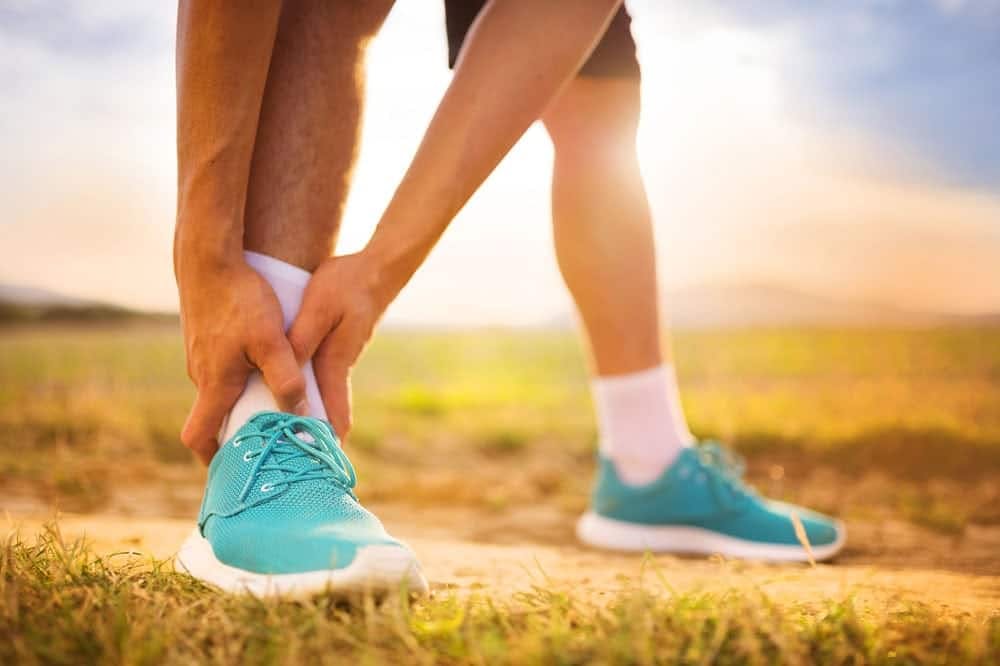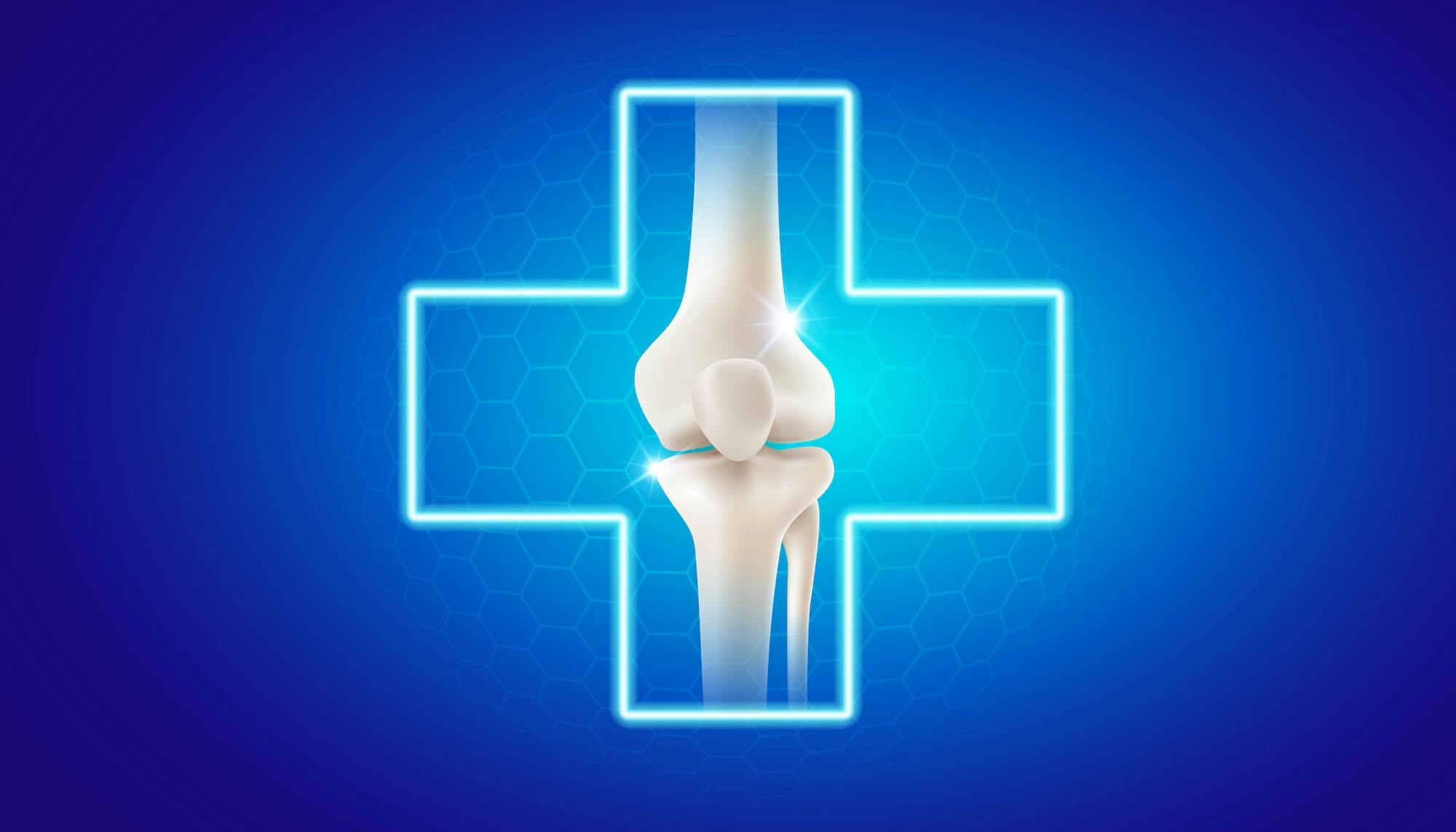- Blog
At Risk for Achilles Tendinitis
Posted on 03-31-2025 in Achilles Tendinitis by Dr. Erik Nilssen

Posted on 03-31-2025 in Achilles Tendinitis by Dr. Erik Nilssen
Achilles tendinitis happens when you get an inflamed Achilles tendon due to too much strain being put on it. Your Achilles tendon connects your heel bone to your calf muscles and is located at the back of your lower leg. It is large and can hold a lot of force, however, it still can get injured.
Risk Factors
Athletes who are conditioned poorly are more likely to develop Achilles tendinitis. Engaging in activities that involve repetitive jumping and sudden starts and stops increases your risk of getting this condition. If you change your activity level suddenly, wear inappropriate footwear, or train on poor surfaces, you also increase your risk. Other risk factors include age and gender (men are more at risk) as well as those who participate in athletics. Marathon runners, dancers and basketball players are also in a higher risk category. If you overtrain, you risk getting Achilles tendinitis. When you do too much at one time, you put too much strain on your Achilles tendon and don’t allow enough time for your tendon to recover properly. General degeneration and small tears result over time, which weakens the tendon resulting in pain and inflammation.
If you have been taking certain medications, such as quinolone antibiotics (Ciprofloxacin and Ofloxacin), you are also at risk. These both stop bacteria growth and treat bacterial infections. Medical conditions also increase the likelihood of developing Achilles tendinitis, including those who have been diagnosed with:
Treatment
Typically, changes in your lifestyle can improve your symptoms, however, if you don’t limit pain-causing activities or you don’t maintain flexibility and strength of your tendon, your symptoms can return.
Resting can give you time for your tissue to heal. How severe your symptoms are will determine what type of rest you need. If you have a mild case of this condition, you might just have to reduce your workout intensity. However, if you have a severe case, you will most likely need to rest for several days or weeks.
Applying ice to your Achilles tendon for 20 minutes a few times a day can help. If the area becomes numb, remove the ice. You can manage your symptoms with activities such as walking or stretching exercises. You might also have to change your footwear. You will most likely be put on Nonsteroidal anti-inflammatory drugs (NSAIDs) like ibuprofen or aspirin to ease the swelling and pain. In severe cases, surgery may be needed.
If you suspect that you have Achilles tendinitis, visit our Appointment page to schedule a visit today. After diagnosis, we will implement an individualized Achilles tendinitis treatment plan for your recovery.

March is National Nutrition Month®, and as part of the conversation, the North Florida Bone & Joint team wants to emphasize the impact diet can have on your bone health. Before diving in, it's essential to understand the role the skeleton plays in your body. Specifically, the skeleton—and the bones its comprised of—serve the following functions:

Valentine’s Day is all about love—so why not show your joints some love, too? Whether you’re an athlete, an active adult, or simply looking to maintain mobility as you age, taking care of your joints is essential for long-term health and well-being. At North Florida Bone & Joint Specialists, we believe that self-care isn’t just about relaxation—it’s about making intentional choices to keep your body strong, pain-free, and resilient. Here are four self-care tips to keep your joints healthy and moving with ease:

Pickleball is more than just a fun, fast-paced game—it’s one of the fastest-growing sports in the country. With its easy learning curve and appeal to players of all ages, it’s no wonder that pickleball courts are popping up in neighborhoods and recreation centers everywhere, including right here along the Gulf Coast.